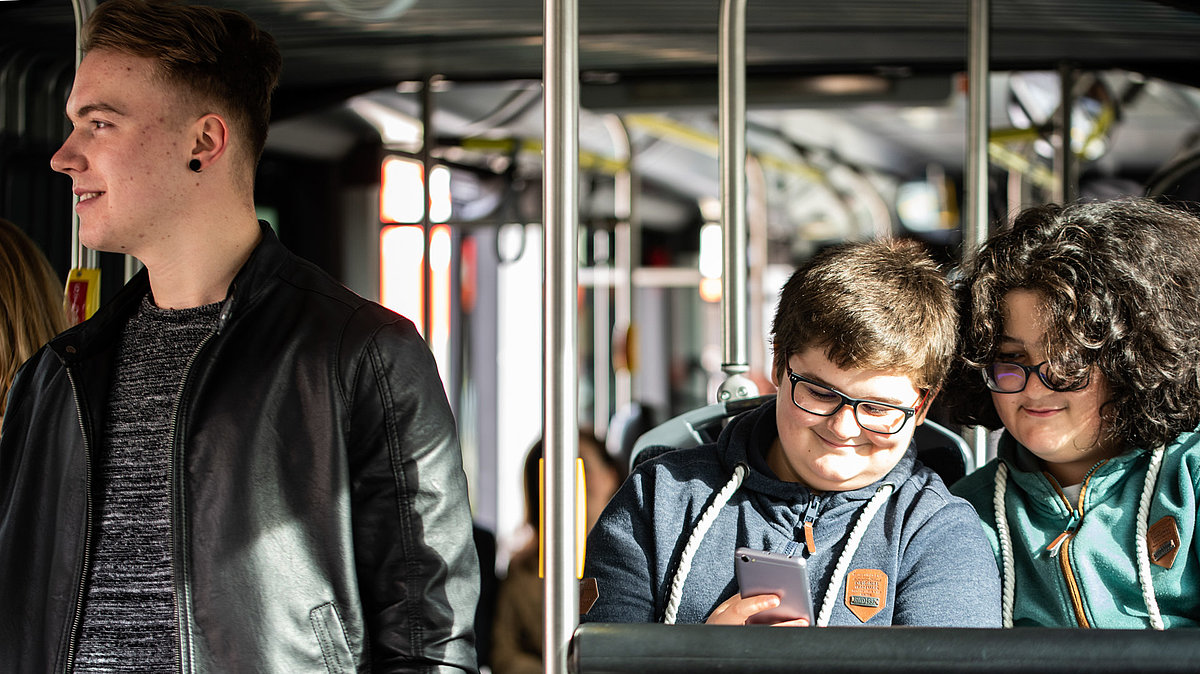2020 and Corona turned school transport services into quite the roller-coaster ride: Bus timetables had to be reshuffled dozens of times, printing and distributing timetable booklets became impossible... An organisational tour de force. But everyone involved took a deep breath, rolled up their sleeves and worked tirelessly to come up with a good and lasting solution.
And if the first interim report is anything to go by, satisfaction levels are high: Regional Minister for Mobility Daniel Alfreider and Martin Vallazza, the head of the provincial government’s Mobility Department, extended a big thank you to all the transport operators and partners, authorities and trade unions for their constructive cooperation during this very difficult time.
Two decisive innovations in particular have now elevated the school-bus timetables to a whole new level: Firstly, since early January, some 180 additional buses have been making around 360 extra journeys per school day; and in a bid to support the Venosta/Vinschgau railway line, the number of buses in use throughout the valley has also been increased. These measures ensure that safe transportation to and from schools can be guaranteed in line with the current regulations and capacity limits to contain the spread of Coronavirus.
In addition, school-run bus journeys have been completely excluded from normal, timetable-based schedules throughout the year and from the new timetable brochures. This means that, to avoid confusion, all buses that only run on school days plus any additional buses reserved for pupils are listed separately: In the online timetable query on our website and in the südtirolmobil app, those journeys are marked with an “S”, and they are available to download as separate bundles in PDF format. That way, we can react more quickly to changing requirements and flexibly adapt our school transportation services at any time, while all other departure times and timetables in general remain unaffected.
Special attention will now be paid to enforcing stricter and tightened controls on public transport – especially with regard to masks and face coverings, which remain compulsory – as well as to optimising information services for passengers.
